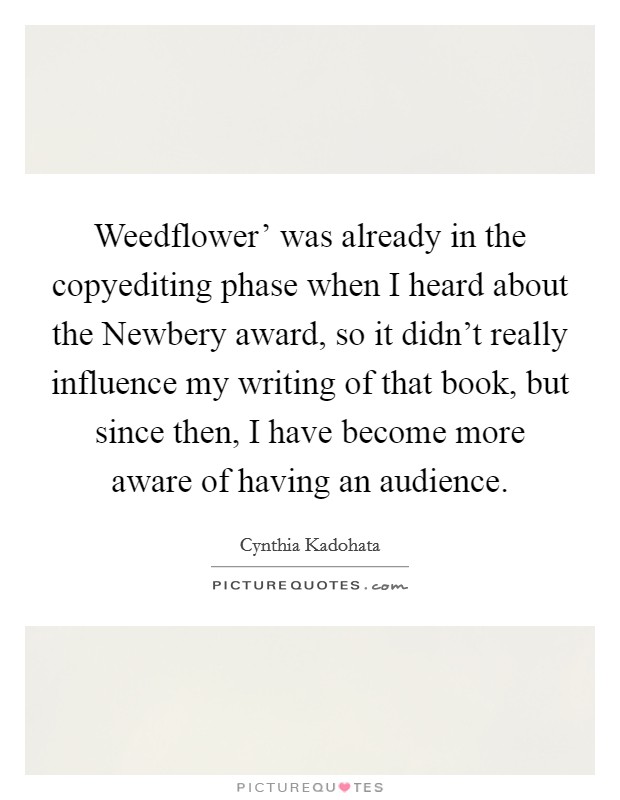

Though often busy with chores, Sumiko enjoys working with the blossoms, particularly stock, or weedflowers (fragrant plants grown in a field). Sumiko, 12, and her younger brother, Tak-Tak, live with their aunt and uncle, grandfather Jiichan, and adult cousins on a flower farm in Southern California. Grade 5-8–When Pearl Harbor is attacked, the lives of a Japanese-American girl and her family are thrown into chaos.

It's a shame because there really is a lot to learn. It took me several chapters to get interested in the story and I don't think too many kids will pick it up. I just wish her characters and descriptions had more depth. She is very knowledgeable on this subject and it comes through in her writing. Kadohata writes about the history of Japanese immigration in American. I was surprised to learn that most Japanese chose to stay at the camp when given the choice to leave. Sumiko finally feels like she belongs, and prefers to stay at the camp rather than face ridicule on the outside.Īn interesting historical fiction account of a little known piece of American history. When workers are needed to help with the war effort, the Japanese are given a choice to leave the camp and join the workforce or stay.

The Japanese continue to cultivate the land and improve the irrigation, turning the Arizona desert into productive farmland. She also meets an indian boy and after months of suspicion, eventually become friends. She escapes her boredom by building a garden with Mr. At first, it is hard to get used to the heat and dust. They are forced to move into an internment camp in Arizona. After the Japanese bomb Pearl Harbor, her family must sell the farm and all their belongings. Main character, Sumiko tends the flower fields on her family's farm. Weedflower is based on the experiences of Cynthia Kadohata's father living in a Japanese internment camp after the bombing of Pearl Harbor.


 0 kommentar(er)
0 kommentar(er)
